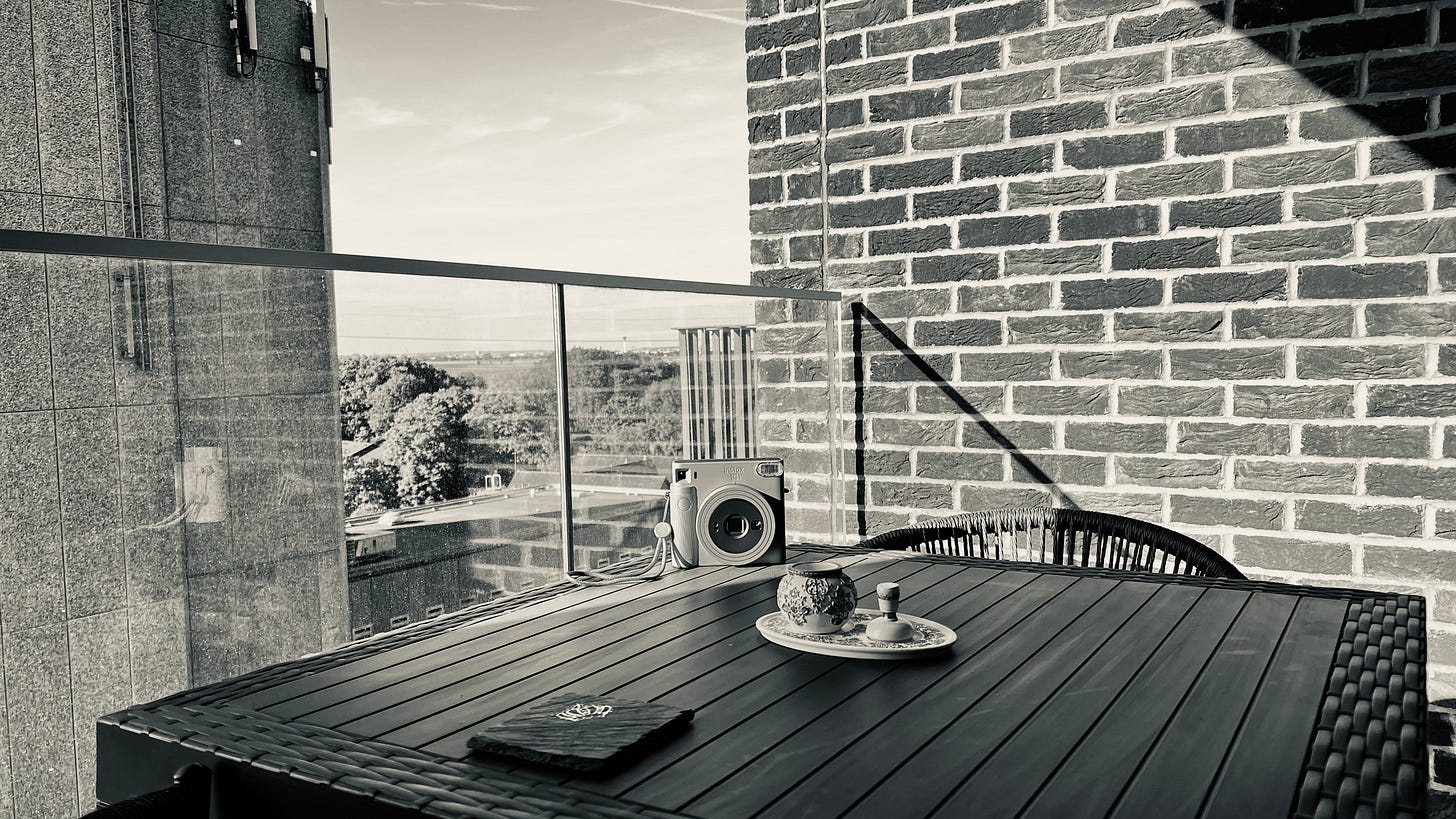Life is a paradox—a dance between contradictions that, somehow, exist in harmony. It is the beauty of joy and sorrow sharing the same breath, of light and darkness woven into the same fabric. A paradox reminds us that opposites don’t just coexist; they depend on each other. In their tension lies the richness and mystery of being alive. It’s the wisdom that something can be both true and untrue, safe and dangerous, serene and chaotic—depending on where you stand and how you look at it. Understanding the concept of a paradox enables the mind to hold conflicting ideas simultaneously and thrive with them. As a like mind does.
The Spectrum
The "spectrum of life" reflects the full range of experiences and emotions we move through. Just as light contains all colors within a spectrum, life holds a blend of extremes and everything in between—joy and sorrow, success and failure, love and loss. Each shade, each experience, has its place, contributing to the greater picture of existence. It’s a reminder that life is not simply a matter of black and white, but a series of nuanced gradients that give depth to our journey.
Light and darkness are two sides of the same coin; one cannot exist without the other. This is the paradox of duality. We are constantly balancing between good and bad, right and wrong, and joy and sorrow. Life’s spectrum is a line we walk, where contradictions meet and coexist. Paradoxically, sometimes the riskiest choice is playing it safe. This tension invites us to seek answers, understanding, and to appreciate the complexity of it all.
Awareness
Aleksandr Solzhenitsyn wrote in The Gulag Archipelago that "the line separating good and evil passes... right through every human heart." In each of us lies the capacity for both, and it is this awareness that helps us navigate the paradoxes of life. There’s no good without bad. To live fully, we must appreciate the good while managing the bad, practicing intentional awareness to protect both ourselves and others. The paradox phenomenon teaches us to transform chaos into order and to hold gratitude for what we have by recognising the weight of what we could lose.
True gratitude emerges from understanding the fragility of existence. We cannot fully appreciate what we have unless we recognise both its beauty and its potential for loss. For this reason, so are we vulnerable to darkness without an awareness of it. This is why we’re drawn to explore both the light and the dark in ourselves and others—our curiosity about good and evil, safety and danger, isn’t simply idle; it helps us understand the moral structure of human existence, grounding us between the poles of these extremes.
Liberty
This understanding guides us in choosing our paths. Knowing evil protects us from falling into it, helping us distinguish right from wrong. Without this insight, we risk becoming entangled in what we don’t understand, allowing malevolence or negativity to have power over us. Looking into dark places becomes a means to find light, to safeguard our own sense of balance and direction.
Paradox, then, is a cornerstone of wisdom. Scott Fitzgerald wrote “The test of a first-rate intelligence is the ability to hold two opposing ideas in mind at the same time and still retain the ability to function.” It illuminates the contradictions in reality, those seemingly opposing forces that, when seen clearly, reveal a greater whole. In my experiences, I have come to see paradox not as confusion, but as clarity—a way to hold life’s dualities with acceptance and grace. In embracing paradox, we find solutions rather than problems. We stop resisting life’s contradictions and start seeing them as meaningful phenomena.
Living With The Mask
Life has shown me that we often wear a mask that is the opposite of our inner selves. The soft-hearted may adopt a tough exterior, while the inwardly strong may radiate gentleness. Perhaps, in our own ways, we are all walking paradoxes, reflecting the dance of our inner and outer worlds. Embracing this truth enriches life with meaning, complexity, and growth.
Sometime ago, I realised how deeply life is woven with paradoxes and change. Everything exists on a spectrum with two poles and a middle path, urging us toward balance. There is virtue in embracing change, finding a way around obstacles, and adapting to life’s unexpected rhythms. This outlook—of seeing things as they are, using the unwanted wisely, and trusting in alignment—opens life in profound ways.
Living with paradox also means embracing both the good and the bad in others, as well as in ourselves. We all have our strengths and weaknesses, our highs and lows, just as those around us do. Accepting this reality cultivates empathy, tolerance, and humility, making life’s journey less about judgment and more about understanding.
In meditating on the theme of paradox as a central aspect of human experience, I posit that a paradox is life’s truest companion. It’s the dance of opposites that gives life its depth, the tension between what we know, and what remains unknown. Paradox invites us to listen, to adapt, and to hold space for life as it is—complex, challenging, and beautiful.
I hope you start to see the picture I’ve tried to paint as you go about your life—and find a bit of joy within it.
Thank you for being here.
Annah



